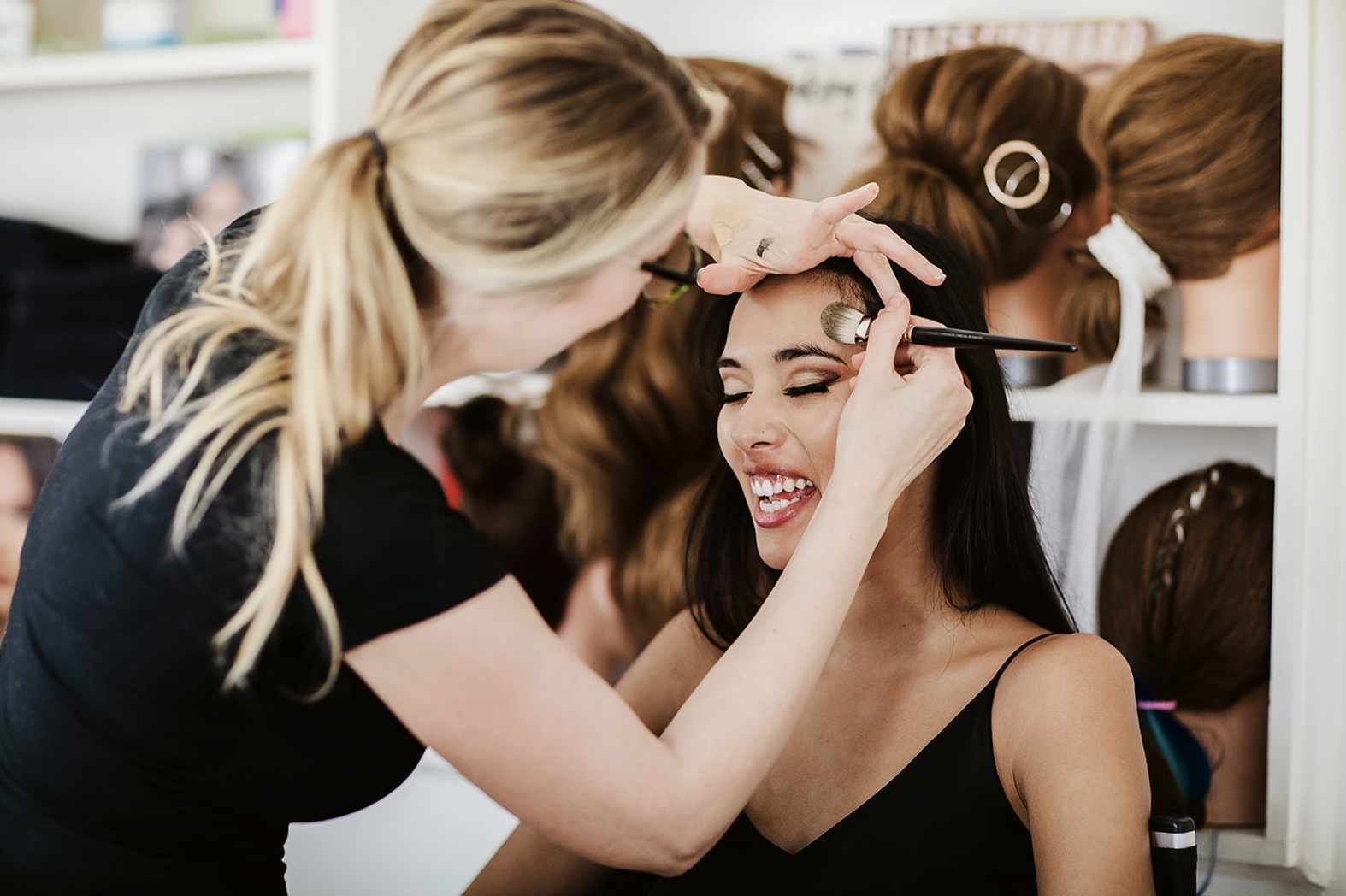Creating a Professional Portfolio for Makeup Artists: Tips and Advice
As a makeup artist, your portfolio is one of the most important tools in your kit. It showcases your skills and experience, and can help attract potential clients and employers. However, creating a professional portfolio can be a challenge, especially if you're just starting out. Here are some tips and advice to help you create a portfolio that showcases your best work:
Choose Your Best Work
Your portfolio should showcase your best work and demonstrate your range of skills and techniques. Choose images that highlight your creativity, attention to detail, and ability to work with a variety of clients and styles. Be selective in your choices and only include work that you're proud of and that represents your brand.
Present Your Work in an Appealing Way
The way you present your work can make a big difference in how it's received. Consider creating a cohesive theme or layout for your portfolio, using high-quality images, and including captions or descriptions that highlight your process and the products you used. Make sure your portfolio is easy to navigate and visually appealing, so potential clients or employers will be eager to see more.
Show Your Range
While it's important to showcase your best work, it's also important to demonstrate your versatility as a makeup artist. Include images that showcase a variety of looks and styles, such as bridal makeup, editorial makeup, special effects makeup, and more. This will help potential clients or employers see that you have a range of skills and can adapt to different needs and situations.
Keep Your Portfolio Up-to-Date
Your portfolio should be a living document that evolves as you gain more experience and build your skills. Be sure to update your portfolio regularly with new images that showcase your most recent work. This will help demonstrate your growth as a makeup artist and keep your portfolio fresh and relevant.
Use Your Portfolio to Network and Build Relationships
Your portfolio can be a powerful tool for networking and building relationships in the beauty industry. Share your portfolio with other professionals in the industry, such as photographers, models, and other makeup artists. Attend industry events and have your portfolio on hand to showcase your work and connect with potential clients or employers.
Consider Creating a Digital Portfolio
While a physical portfolio can be impressive and professional, a digital portfolio can be more accessible and easier to share. Consider creating a website or online portfolio that showcases your work and is easy to navigate. This can also make it easier to update your portfolio regularly and share it with potential clients or employers.
In conclusion, a professional portfolio is essential for any makeup artist looking to build their brand and attract potential clients or employers. By choosing your best work, presenting it in an appealing way, showing your range, keeping your portfolio up-to-date, using it to network and build relationships, and considering a digital portfolio, you can create a portfolio that showcases your skills and sets you apart in the competitive beauty industry.
Student Rebecca finishing off the makeup on her model for her portfolio shoot, before the model has hair hair styled.

